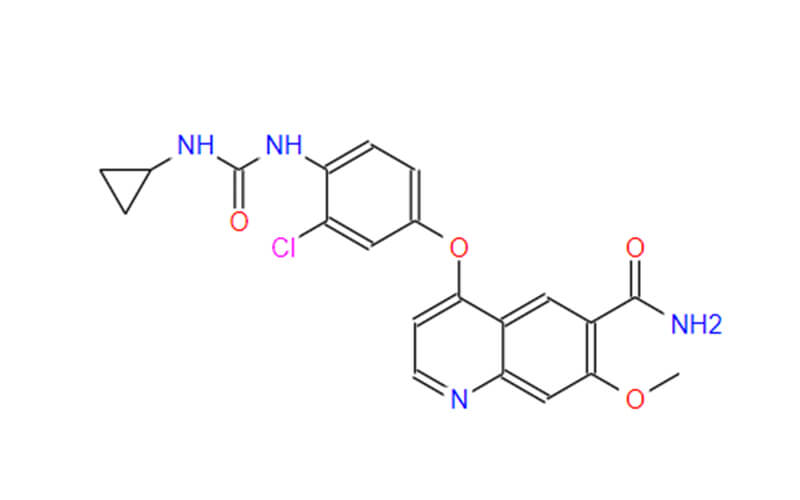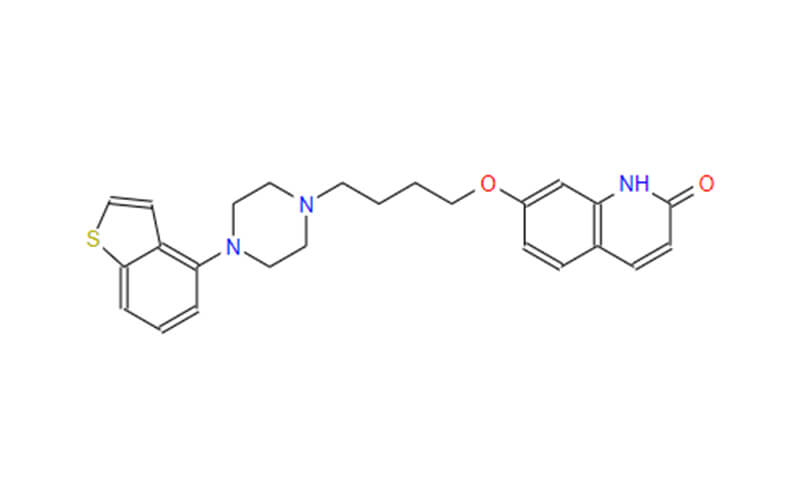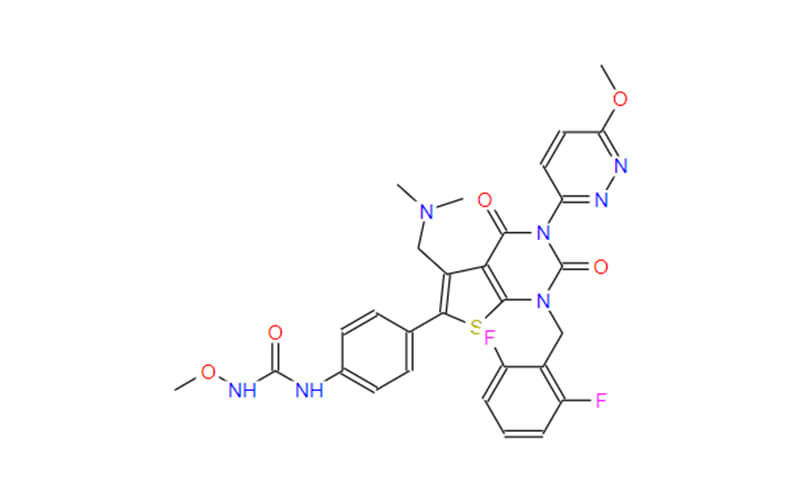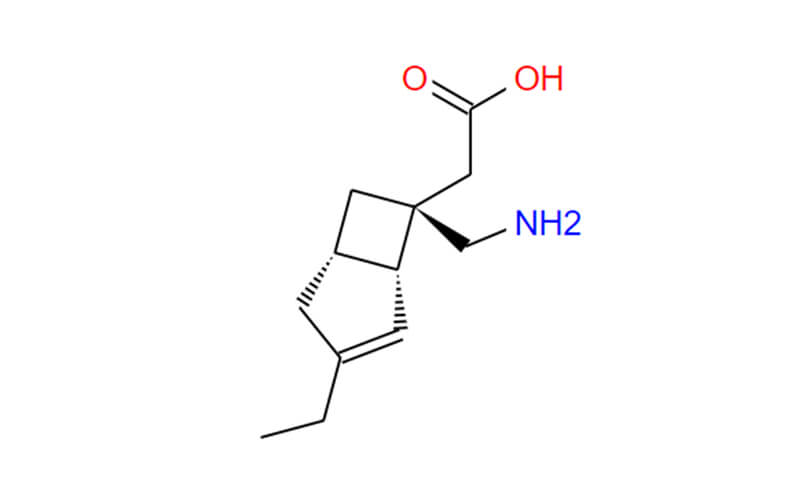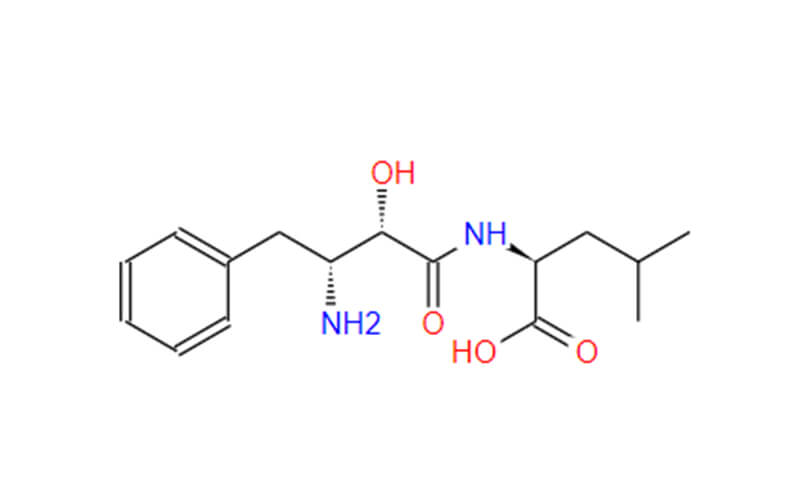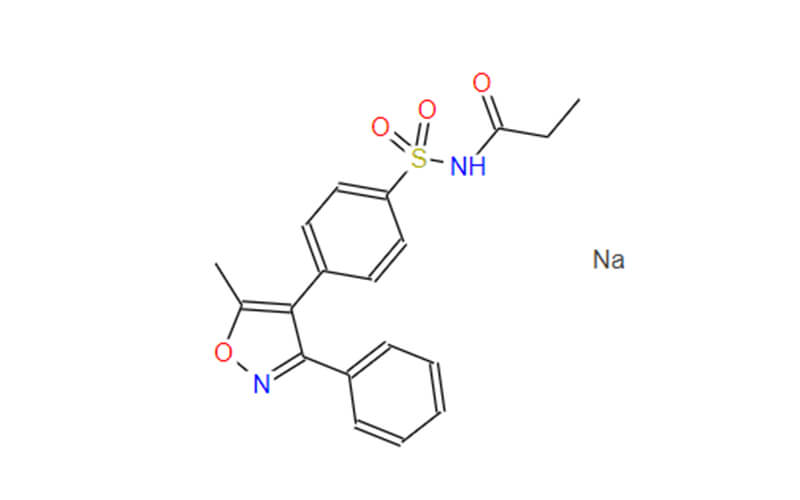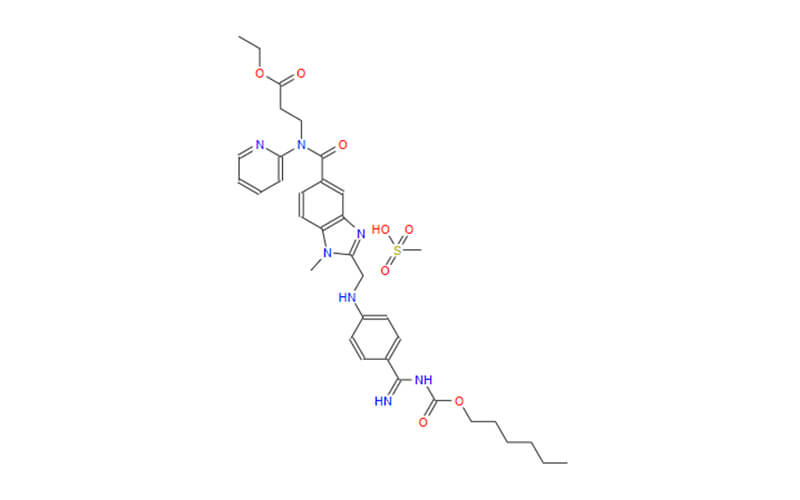Unraveling the Mysteries of Dabigatran Etexilate Mesylate: From Molecule to Market
In the intricate realm of pharmaceuticals, where molecules dance to the tune of healing, dabigatran etexilate mesylate occupies a unique stage. This potent blood thinner, sold under the brand name Pradaxa, wields its power against the insidious threat of blood clots, offering hope and protection to millions. But what lies beneath the surface of this seemingly simple medication? Let us embark on a journey to unravel the secrets of dabigatran etexilate mesylate, exploring its chemical composition, mechanism of action, and the rising star of its manufacturer, Qingmu.
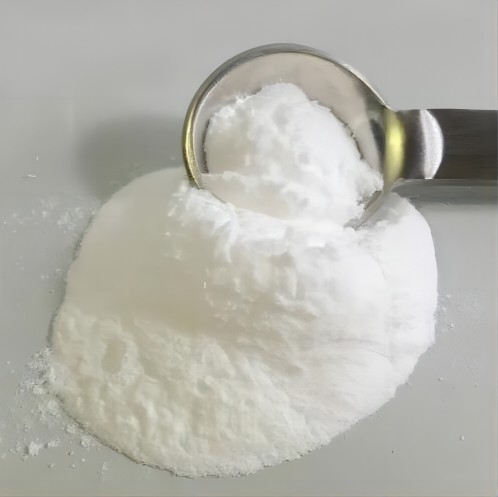
Unveiling the Core: The Active Ingredient of Dabigatran
Beneath the surface of dabigatran etexilate mesylate’s seemingly complex name lies a potent molecule, the engine driving its blood-thinning magic. This molecule, N,N-dimethyl 3-[N-[(2’S)-2′-[[(4-chlorophenoxy)carbonyl]amino]-1-oxopropyl]-4-[(1H-imidazol-1-yl)oxy]benzyl]butanamide mesylate, may appear daunting at first glance. But let’s break it down into manageable pieces to appreciate its remarkable design.
Imagine a tiny molecular key, crafted with precision and purpose. The ‘N,N-dimethyl’ and ‘butanamide’ portions form the sturdy handle, providing a firm grip for the body’s systems to grasp. The ‘3-[N-[(2’S)-2′-[[(4-chlorophenoxy)carbonyl]amino]-1-oxopropyl]-4-[(1H-imidazol-1-yl)oxy]benzyl]’ section, the intricate teeth of the key, is where the true magic lies. The ‘imidazole’ ring acts like a lock-picking hook, perfectly configured to fit into a specific groove on the surface of thrombin, the enzyme responsible for clot formation. This precise fit is crucial for dabigatran’s function like a key perfectly matching its designated lock.
Further, the ‘chlorophenoxy’ group adds a touch of finesse, enhancing the molecule’s ability to navigate the body’s environment. And the ‘mesylate’ portion, a sort of molecular chaperone, ensures the key’s safe journey through the digestive system and into the bloodstream.
In essence, this intricate molecule is a marvel of design, a potent weapon honed to target and disarm the enemy – thrombin. Its compact size allows it to navigate the body’s labyrinthine pathways with ease, while its specific shape grants it access to the critical lock on thrombin’s surface. By understanding this molecular masterpiece, we gain a deeper appreciation for the power and precision of dabigatran etexilate mesylate.
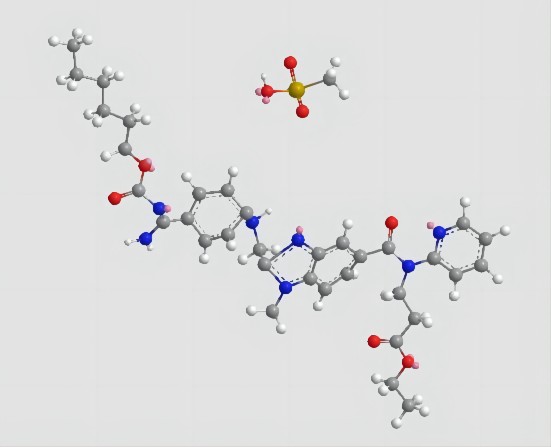
Size Matters: Small or Large Molecule?
Understanding dabigatran etexilate mesylate’s size is like deciphering the secret language of the body. Unlike bulky molecules like proteins or antibodies, dabigatran falls into the realm of small molecules. Imagine these tiny giants as nimble scouts, able to slip through cell membranes and interact with their targets with ease. This size advantage makes them ideal candidates for oral medications like dabigatran.
Unlike larger molecules that often require injections or infusions, dabigatran’s compact form allows it to be absorbed readily through the gut. It effortlessly navigates the digestive system, reaching its target destination in the bloodstream without much fanfare. This ease of administration makes dabigatran a convenient and patient-friendly option in the fight against blood clots.
Additionally, the small size of dabigatran contributes to its predictable behavior. Its interactions with other medications and dietary factors are minimal, simplifying treatment and reducing the risk of complications. This predictability makes dabigatran a reliable choice for many patients, offering peace of mind alongside its blood-thinning prowess.
A Dance with Thrombin: The Mechanism of Action Revealed
Imagine the bloodstream as a bustling market square, where clotting factors are the vendors eagerly awaiting their chance to build fibrin, the scaffolding for clots. Thrombin, the cunning ringmaster, orchestrates this chaotic process, snipping protein threads known as fibrinogen into smaller units that readily assemble into a thick, sticky mesh.
Dabigatran, the stealthy saboteur. Like a master ninja, it weaves through the throngs of clotting factors, its compact size granting it agility and access to thrombin’s hidden lair – the active site. With a precise lunge, dabigatran occupies this critical space, forming a reversible bond with thrombin like a perfectly fitted lock and key. This intricate lock-and-key mechanism effectively disables thrombin’s scissors, preventing it from snipping fibrinogen.
As thrombin sits powerless, the clotting assembly line grinds to a halt. Fibrinogen remains unfragmented, unable to contribute to the construction of unwanted clots. This elegant disruption significantly reduces the risk of blood clots forming in places they shouldn’t, thereby protecting against potentially life-threatening events like strokes, pulmonary embolisms, and deep vein thromboses.
In essence, the battle between dabigatran and thrombin is a molecular ballet, a delicate interplay of shape and size that determines the fate of blood flow and clot formation. With each successful lock-and-key twist, dabigatran safeguards the smooth navigation of blood across the body’s intricate highway system.
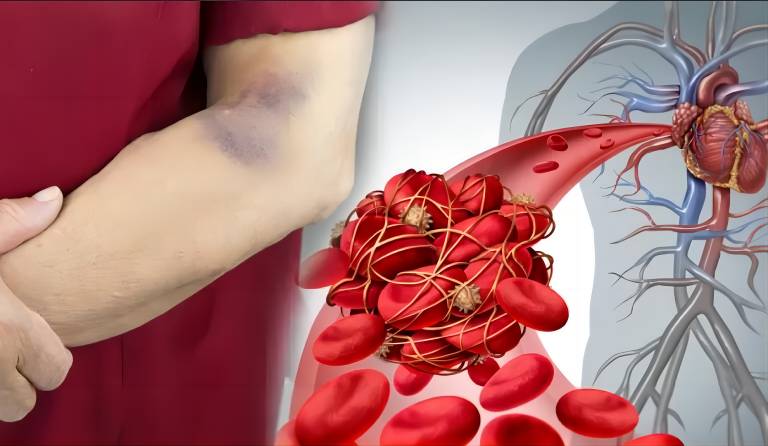
Facing the Competition: Alternatives to Dabigatran Etexilate Mesylate
While dabigatran etexilate mesylate occupies a prominent space in the anticoagulant arena, it isn’t the only warrior on the battlefield. Warfarin, the seasoned veteran, holds its ground, wielding its vitamin K-depleting power to indirectly hinder clot formation. However, its unpredictable nature demands meticulous monitoring and dietary restrictions, making it a high-maintenance companion.
Newer contenders, the DOACs like rivaroxaban and apixaban, have entered the fray, offering similar clot-busting prowess with potentially fewer interactions and bleeding risks. They boast advantages like shorter half-lives, reducing the need for dose adjustments, and minimal impact on dietary choices.
Yet, dabigatran etexilate mesylate retains its own set of charms. Its predictable dose eliminates the need for frequent monitoring in most patients, offering a convenient and worry-free experience. Additionally, its unique mechanism of action avoids the vitamin K pathway, making it a viable option for individuals with certain dietary restrictions or interacting medications.
Ultimately, the choice of anticoagulant is a delicate dance between patient needs, individual circumstances, and physician expertise. Each player in this pharma-coliseum brings its own set of strengths and weaknesses, ensuring that every patient has access to an individualized strategy for navigating the labyrinthine world of blood thinning.
Qingmu: A Rising Star in the Pharmaceutical Firmament
As the patent for dabigatran etexilate mesylate nears its expiration, new players are emerging on the scene. Qingmu, a Chinese pharmaceutical company, has established itself as a reliable manufacturer of high-quality generic dabigatran etexilate mesylate. Their commitment to rigorous quality control and affordable pricing positions them as a potential game-changer, increasing access to this life-saving medication for millions worldwide.
Unveiling the Future: Where Does Dabigatran Etexilate Mesylate Go from Here?
The journey of dabigatran etexilate mesylate is far from over. Research is actively exploring its potential in other medical conditions, such as deep vein thrombosis and acute coronary syndrome. Additionally, investigations into newer delivery methods, such as transdermal patches or inhalers, aim to improve patient convenience and adherence.

In Conclusion: A Powerful Ally in the Fight Against Clots
Dabigatran etexilate mesylate stands as a testament to the power of scientific ingenuity in the fight against blood clots. Its small-molecule prowess, clever prodrug design, and potent mechanism of action make it a valuable tool in the hands of healthcare professionals. As generic options emerge and research continues, the future of dabigatran etexilate mesylate appears bright, promising a future where the risk of blood clots is further diminished, one carefully crafted molecule at a time.

